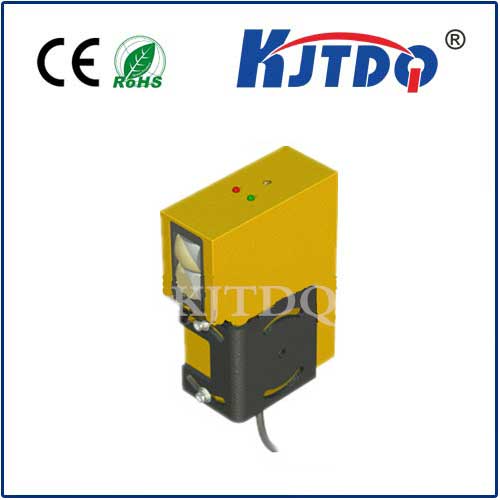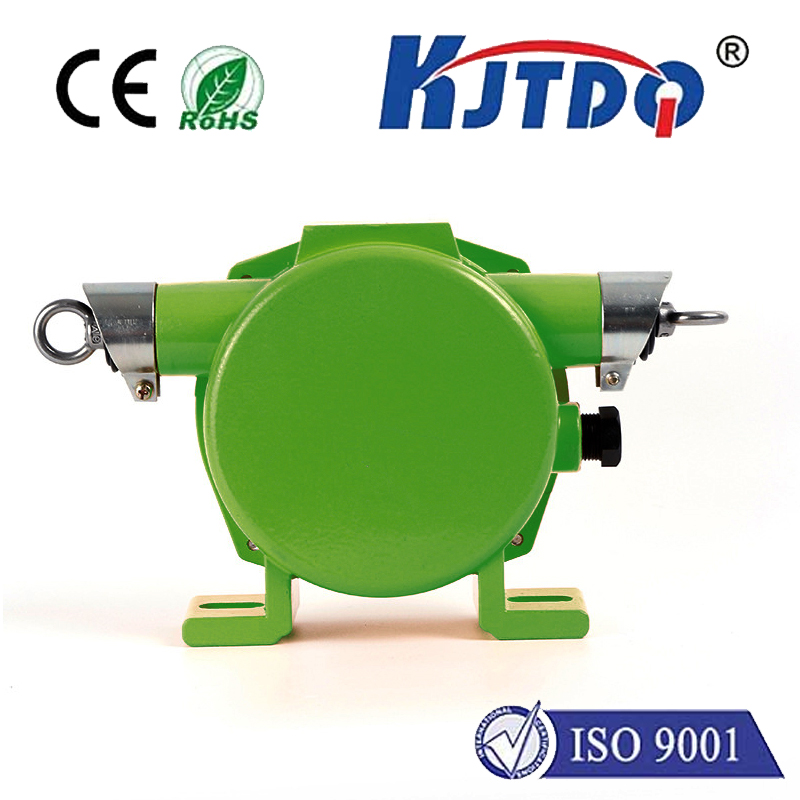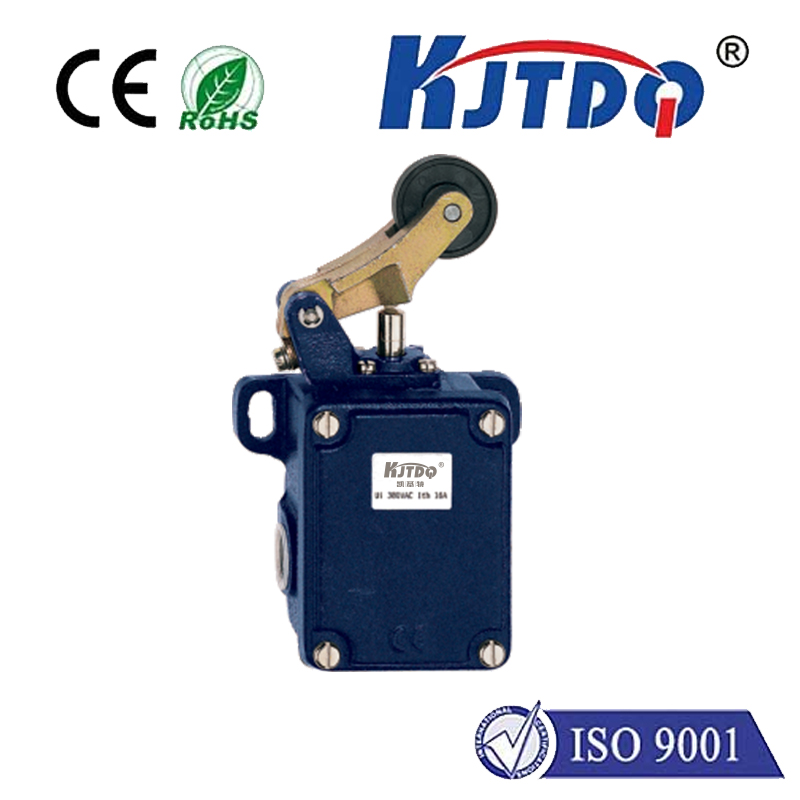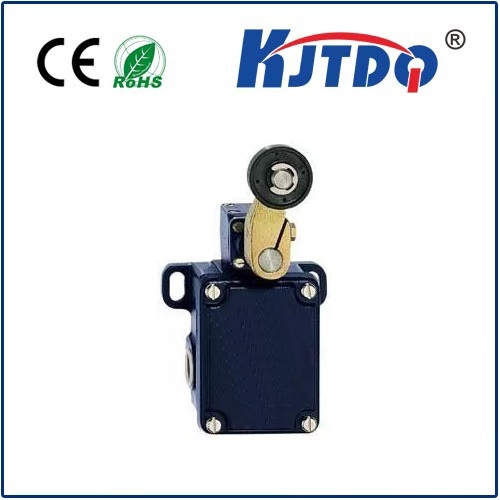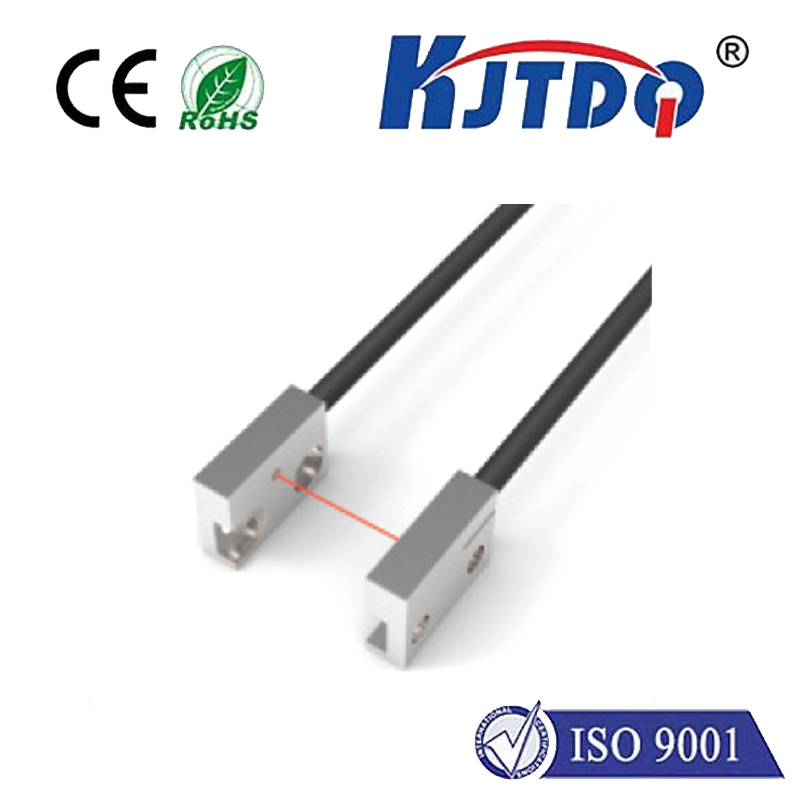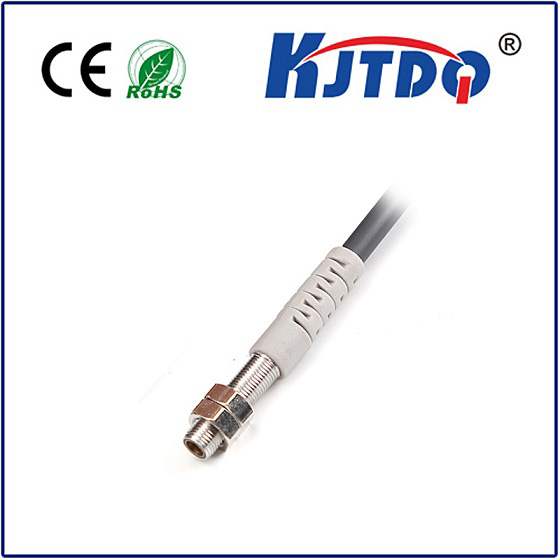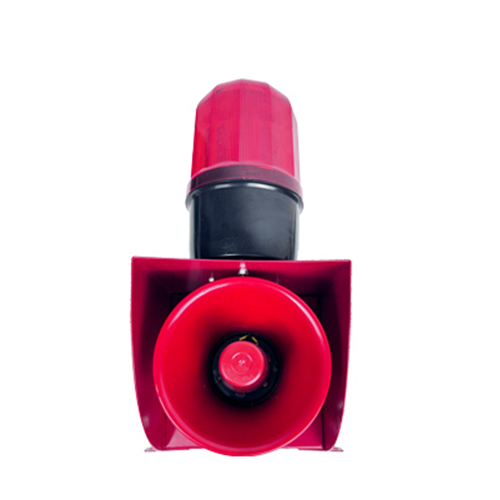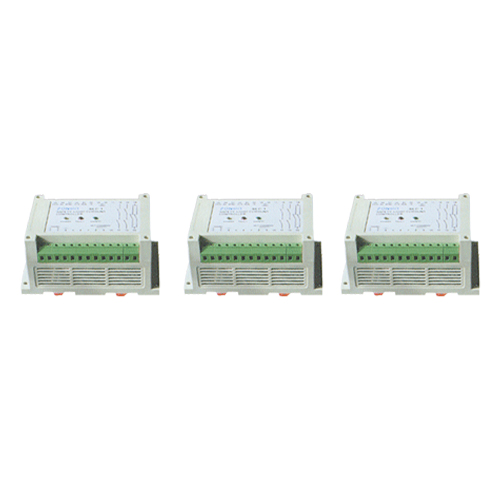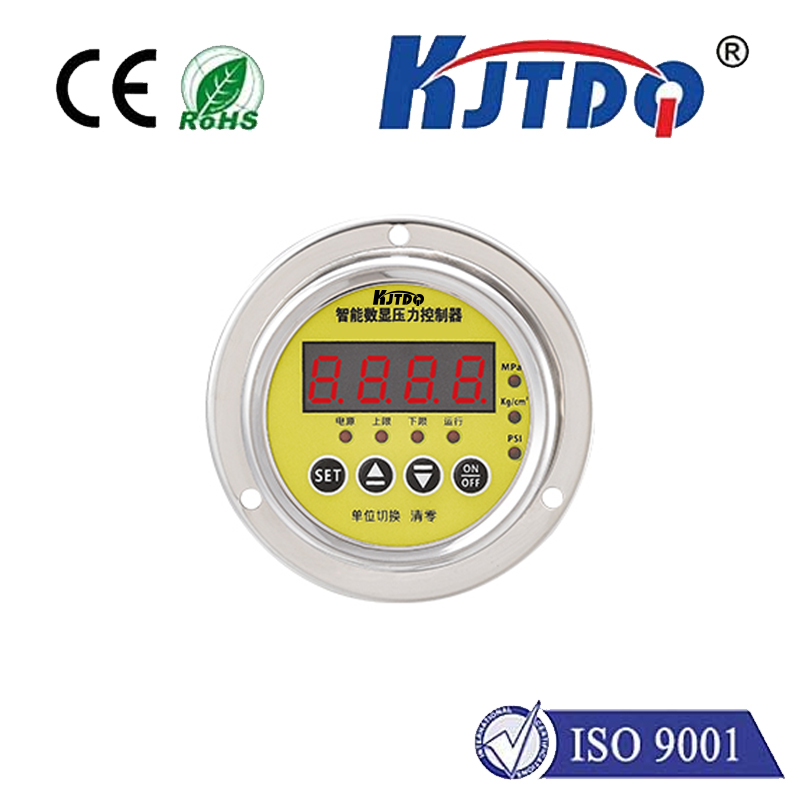bosch proximity sensor
- time:2025-07-11 01:52:37
- Click:0
Bosch Proximity Sensors: The Unseen Guardians Transforming Modern Automation
Imagine technology so subtle yet profoundly powerful that it operates invisibly, safeguarding processes, guiding robots, and preventing costly collisions. This isn’t science fiction; it’s the reality enabled by Bosch proximity sensors. These unassuming components are the silent sentinels of modern automation, providing the essential “eyes” and “touch” for countless machines and systems. Bosch Rexroth, leveraging its deep engineering heritage, has established itself as a leader in this critical field, offering robust, precise, and reliable inductive and capacitive proximity sensors trusted across global industries.
Understanding the Core Capability: Non-Contact Detection
At their essence, Bosch proximity sensors excel at detecting the presence or absence of an object without physical contact. They achieve this through two primary technologies, each with distinct advantages:
- Bosch Inductive Proximity Sensors: These workhorses generate an electromagnetic field. When a metallic object enters this field, it induces eddy currents, causing a measurable change that triggers the sensor’s output. Rugged, immune to dust and dirt, and ideal for detecting metal targets like machine parts, pistons, or tools, they form the backbone of industrial automation. Bosch models are renowned for their exceptional switching precision and immunity to harsh environments.
- Bosch Capacitive Proximity Sensors: These sensors detect changes in capacitance, the ability to store an electrical charge. When any material (metal, plastic, wood, liquid, granules, etc.) approaches the sensor’s active surface, it alters the dielectric constant and thus the capacitance, triggering detection. This makes them incredibly versatile for level detection (liquids, powders), presence verification of non-metallic objects (plastic bottles, cardboard boxes), or detecting substances through container walls.
Why Bosch Proximity Sensors Command Trust

Choosing Bosch isn’t just selecting a sensor; it’s investing in peace of mind and operational excellence. Key advantages solidify their position:
- Unmatched Reliability & Longevity: Engineered for demanding industrial applications, Bosch sensors boast superior resistance to vibration, shock, temperature extremes, electrical interference (EMC), and moisture (with high IP ratings like IP67 and IP69K). Their laser-welded stainless steel housings and robust construction ensure minimal downtime and a long service life, delivering significant value.
- Exceptional Precision & Repeatability: Whether it’s detecting a tiny screw on a fast-moving conveyor or precisely positioning a robotic arm, Bosch inductive proximity sensors offer micrometer-level accuracy and consistent repeatability. This precision is crucial for quality control and high-speed automation.
- Versatility Meets Application Needs: Bosch offers one of the broadest portfolios available. From standard cylindrical and rectangular designs to specialized variants like high-temperature sensors, factor 1 (flush-mountable) sensors for tight spaces, and analog output sensors for distance measurement, there’s a Bosch solution for almost any detection challenge.
- Smart Sensing Capabilities (IO-Link): Many modern Bosch proximity sensors integrate IO-Link communication. This transforms them from simple switches into intelligent data points. Beyond basic presence signals, IO-Link enables remote configuration, real-time diagnostics (monitoring operating health), parameter adjustments, and enhanced process data transmission – paving the way for predictive maintenance and Industry 4.0 readiness.
- Optimized Performance Features: Bosch integrates thoughtful design elements like potentiometers for easy sensitivity adjustment on capacitive models, LED status indicators for immediate visual feedback, and standardized outputs and connectors for simplified installation and maintenance.
Ubiquitous Impact: Where Bosch Proximity Sensors Shine
The applications for Bosch proximity sensors are vast and touch nearly every sector:
- Industrial Automation & Robotics: End-effector positioning, part presence verification on assembly lines, tool changer position detection, pallet shuttle guidance, safety zone monitoring.
- Material Handling & Logistics: Detecting packages on conveyors, controlling pallet lifts, monitoring fill levels in bins and silos (capacitive), position sensing for automated guided vehicles (AGVs).
- Automotive Manufacturing: Ensuring proper component alignment during assembly, monitoring fluid levels in reservoirs, controlling robotic welding paths, detecting metal stamping positions.
- Packaging Machinery: Verifying bottle/can presence, cap detection, film break detection (capacitive), controlling case erectors and sealers.
- Food & Beverage Processing: Level control in tanks (capacitive), detecting containers on filling lines, verifying lid placement.
- Machine Tooling: Tool breakage detection, workpiece clamping confirmation, spindle position sensing.
Selecting the Right Bosch Proximity Sensor
To maximize performance, consider these key factors:
- Target Material: Metal? Choose inductive. Non-metal (plastic, liquid, wood)? Capacitive is essential.
- Required Sensing Distance: Bosch offers various sensing ranges; ensure the selected sensor operates reliably at the needed distance from the target. Factor 1 sensors have shorter ranges than factor 2 (non-flush).
- Environmental Conditions: Assess temperature extremes, potential for washdowns (requiring IP69K), exposure to oils/coolants, vibration levels, and potential electrical noise.
- Mounting Constraints: Cylindrical (M8, M12, M18, M30) vs. rectangular housings? Flush (factor 1) or non-flush mounting needed?
- Electrical Requirements: Voltage range (10-30V DC standard, others available), Output type (NPN/PNP, NO/NC), Connector type (cable, M8, M12).
- Advanced Needs: Does the application benefit from IO-Link connectivity for data or remote configuration? Is analog distance measurement required?
The Foundation of Intelligent Automation
Bosch proximity sensors are far more than simple switches; they are the fundamental building blocks of responsive, efficient, and safe automation. Their non-contact operation eliminates wear and tear, their robustness ensures reliability in punishing environments, and their precision enables complex manufacturing processes. With the advent of IO-Link, Bosch has further elevated these components, adding intelligence that drives smarter factories and predictive maintenance strategies. From the hum of an automotive assembly line to the delicate handling of electronics, Bosch proximity sensors provide the critical sensory input that allows machines to interact reliably and intelligently with the physical world. Their unseen vigilance is indispensable in building the automated future.












